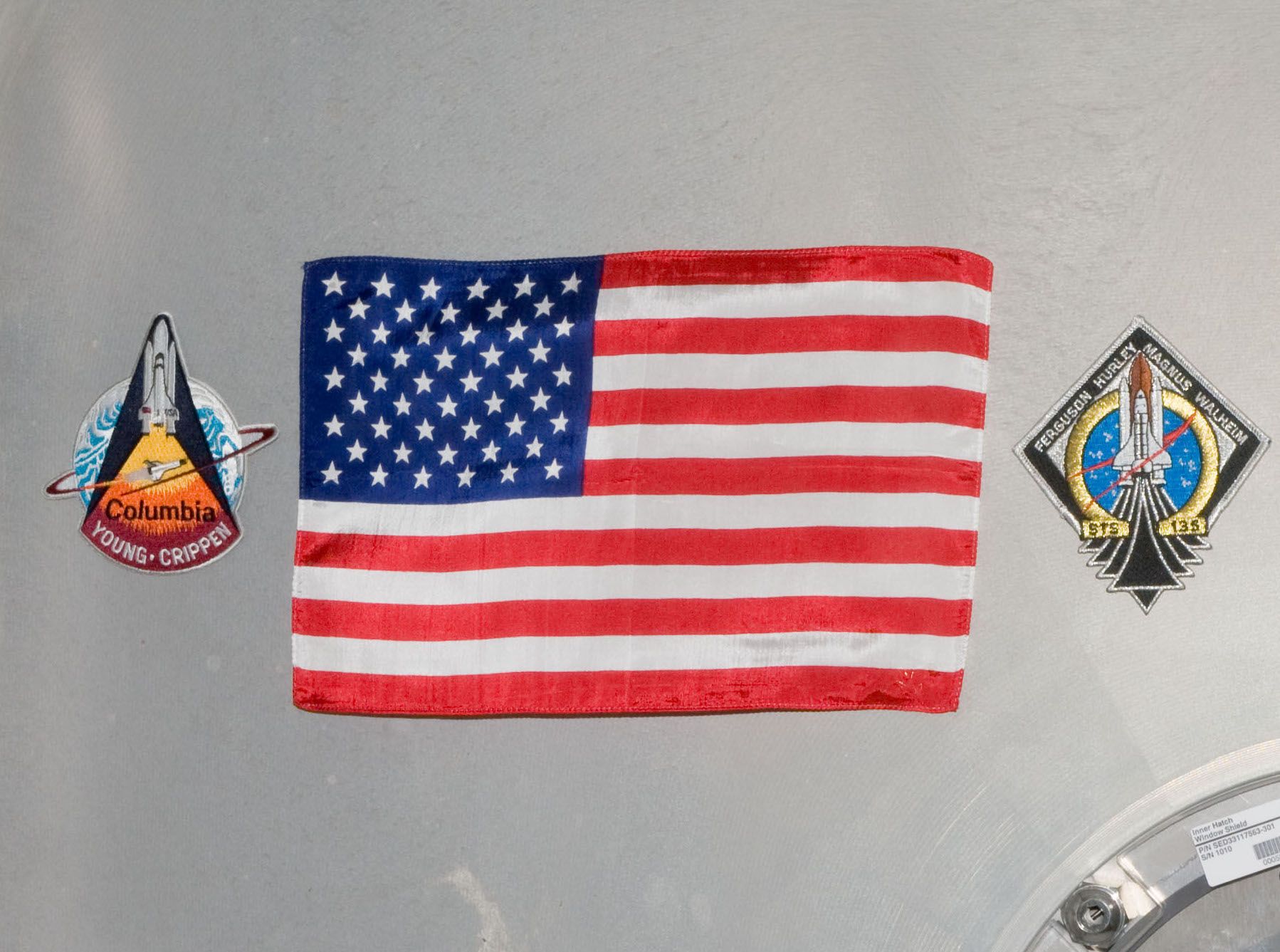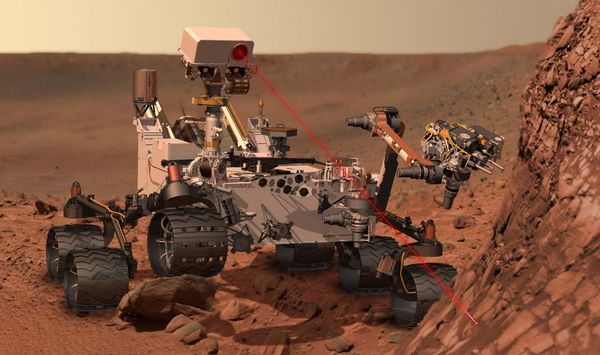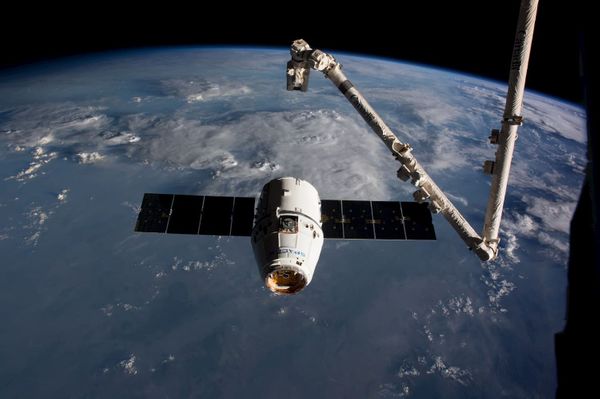
American Astronauts

Robert L Behnken joined NASA in 2000 after a career in the U.S. Air Force. He flew aboard the Space Shuttle on STS-123 and STS-130. During these missions he conducted multiple space walks, racking up 37 hours of spacewalk time. These missions were critical construction flights for the International Space Station (ISS), the destination of their test flight this week.
Douglas Gerald Hurley also joined NASA in 2000 after a career as a Marine Corps pilot. He flew aboard the Space Shuttle twice on STS-127 and STS-135. STS-135 is notable as the final mission of the Space Shuttle program. The crew of STS-135 left a special memento onboard the ISS; an American flag that flew on the first Space Shuttle mission, STS-1, and a model Space Shuttle to be retrieved by the next U.S. launched crew to the station.

American Rockets

Crew Dragon is the first new U.S. crew-rated spacecraft since the Space Shuttle. Instead of a reusable gliding orbiter, Crew Dragon is a capsule, using a heat shield to bleed energy during re-entry and four parachutes to slow descent until splashing down into the ocean. It also brings 21st century flair to outer space. Astronauts view all operations of the craft on touchscreens.
Crew Dragon shares a namesake with its predecessor, Cargo Dragon. Cargo Dragon has been flying to the ISS, uncrewed, since 2012, delivering essential cargo to keep the orbiting science laboratory fully supplied. There are several keys differences between Cargo and Crew Dragon. The docking system has been completely reworked. Cargo Dragon is berthed to the ISS, requiring the station's robotic arm to reach out and grab the capsule while the crew inside bolts the capsule to the station, almost like another station module. Crew Dragon will dock using the International Docking Adapter, which requires no outside intervention.
Crew Dragon uses conformal solar cells applied to its trunk versus extendable solar panels on Cargo Dragon. These cells are exposed to the full aerodynamic forces of launch, and must survive the intense heat of a potential abort.
A key safety feature for the crew are the four SuperDraco powerpacks. These 3D-printed engines provide high thrust to push the capsule off of the rocket to safety in case of an issue with the booster. SpaceX originally planned Crew Dragon to land propulsively using these same engines, but the feature was scrapped during development.
Pushing this new capsule into space is the work-horse Falcon 9 rocket. Falcon 9 v1.2 Full Thrust Block 5 has flown 28 times with 0 failures and the entire Falcon 9 family has only experienced a single in-flight failure across 84 flights. Falcon 9 remains the only orbital-class rocket capable of propulsively landing and reflying, enabling dramatically reduced costs. Based on numerous improvements made by SpaceX and a strong proven track record, NASA has crew-rated Falcon 9 in anticipation of this upcoming launch.
American Soil

Since the retirement of the Space Shuttle in 2011, the U.S. has not had a domestic rocket capable of launching astronauts into space. NASA has partnered with Roscosmos to conduct regular crew rotations to the ISS using Soyuz capsules. While the Soyuz is a capable vehicle, issues have occured recently. In 2018, MS-10, a failed to reach orbit when the Soyuz booster triggered an abort, bringing an abrubpt end to the mission and ground Soyuz for months during the investigation. The cost of purchasing rides on Soyuz from Roscosmos has also increased over the past nine years. NASA pays upward of $90 million per seat to send astronauts to the ISS. Domestic capability to launch astronauts to the ISS should be cheaper, and provide redundancy in case Soyuz or Crew Dragon have an issue that may ground the spacecraft.
NASA has been waiting for its Space Shuttle replacement for a long time. The Commercial Crew Program initially awarded funds in 2010 with major development on Crew Dragon beginning after 2012 as part of Commercial Crew integrated Capability (CCiCap) contract. Numerous delays caused by funding issues, technical redesigns, and catastrophic testing failures have pushed the launch date out to 2020. Demo Mission 2 (DM-2) represents almost a decade of hard work by SpaceX in close partnership with NASA.




Tune in Wednesday, May 27th at 4:33pm EST to watch American astronauts launch on American rockets from American soil once again.








